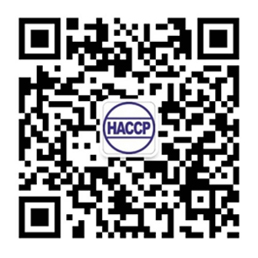-
HACCP,即"Hazard Analysis Critical Control Point",簡稱HACCP,發音為 [Hassip] ,中文名稱為危害分析和關鍵控制點。
-
危害(Hazard):可能引起傷害之事物。危害可分為生物性﹐化學性及物理性。(The potential to harm. Hazards can be biological, chemical and physical. )
-
管制界限(Critical limit):為防止危害發生所設的標準。(A value which separates acceptability from unacceptability.)
-
管制點(Control Point, CP):可控制生物性、物理性及化學性之一個點、步驟或程序(Any point, step, or procedure at which biological, physical, or chemical factors can be controlled.)
-
主要管制點(Critical Control Point, CCP):為一個點、步驟或程序,若加以控制,則可預防、去除、或減低食品中安全危害至可接受之程度。(A point, step or procedure at which control can be applied and a food safety hazard can be prevented, eliminated or reduced to acceptable levels.)
-
矯正措施(Corrective Action):當監測結果顯示CCP失控時,所應采取的措施。( The actions to be taken when the results of monitoring the CCP indicate a loss of control.)
-
監測(Monitor):執行有計劃的觀察與測定,以評估CCP是否在控制之下。(To conduct a planned sequence of observations or measurements to assess a CCP is under control.)
 手機版
手機版







